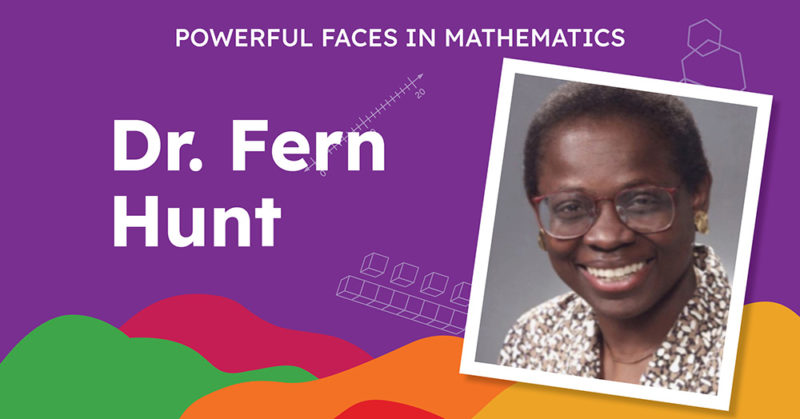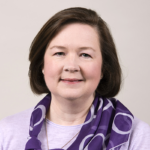Mathematicians
Powerful Faces in Mathematics: Fern Hunt
As Biodiversity month continues, it is our sincerest hope we are each doing our part to protect the community around us. Helping to protect our local environment can impact neighboring areas and so on. But what about something bigger? How are the larger areas and animal or plant populations being helped? A conservationist planning to make a wildlife refuge, perhaps, needs to know the size area a certain species may need to thrive and what sort of ecosystem is needed to support the community.
Welcome to the mathematics behind conservation biology, and one of its leading mathematicians, Dr. Fern Y. Hunt. Believe it or not, her work is being used today by the US National Institutes of Health (NIH) to calculate the spread of COVID-19.
Dr. Hunt’s interests focus on applied probability and dynamical systems; which is the basic understanding of how genetics are transmitted within a population model, whether it be plants or animals, and the variations that occur over time. Combining information about genetics with knowledge of how populations move and the rate at which they reproduce, biologists can hypothesize about the fitness (regarding Darwin’s survival of the fittest evolutionary theory) of that particular group. A group that is fit is most likely to survive and even thrive in a new habitat. This is what Darwin’s idea “survival of the fittest” is all about. Mathematically one can hypothesize a population’s growth, how its genetics are transferred and how these genes are mutated as an environment changes to predict survival.
By mapping the transfer of genetics, Dr. Hunt was able to witness different models and adaptation methods for different environments. Some populations grew so much that they overuse their natural habitat and would move on to find a new one to sustain it. This can lead to pollution as communities abandon one home for another, or even extinction if one community needs to overcome another to take over an environment. (Listen to Dr. Hunt explain how the Fibonacci numbers are reflected in nature and reproduction https://www.careergirls.org/role-model/mathematician-1/?v=fibonacci-numbers )
On the other hand, some models presented a way to create genetic cycles to allow for internal population control: one group transfers genes that hold a shorter life expectancy, and as they die it allows another group to thrive so as not to combat each other for resources. With Dr. Hunt’s research and formulas, anticipating these needs of population control of can be met and conservation can begin. Dr. Hunt’s work in regard to voles, small rodents related to lemmings and hamsters, was what let to these theories of survival of the fittest viruses/genetics.
Dr. Fern Hunt’s research has been acknowledged with the Arthur S. Flemming award for Outstanding Federal Service for her contributions to mathematical biology, probability and stochastic modeling, and nonlinear dynamics. She serves on the Board of Trustees for Bryn Mawr College and the Biological and Environmental Research Advisory Committee for the Department of Energy.
Resources:
http://www.math.buffalo.edu/mad/PEEPS/hunt_ferny.html
https://www.thehistorymakers.org/biography/fern-hunt
https://www.careergirls.org/role-model/
https://en.wikipedia.org/wiki/Vole




